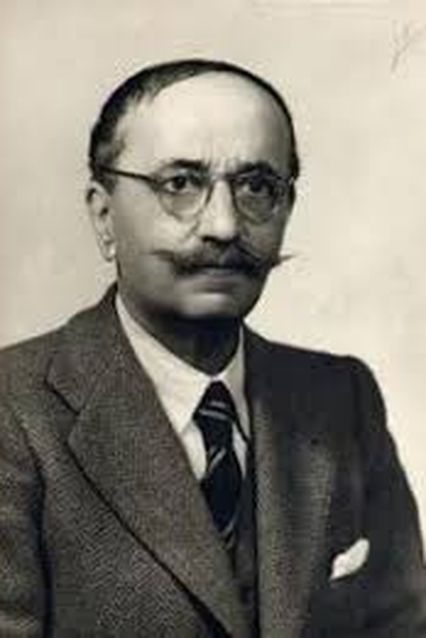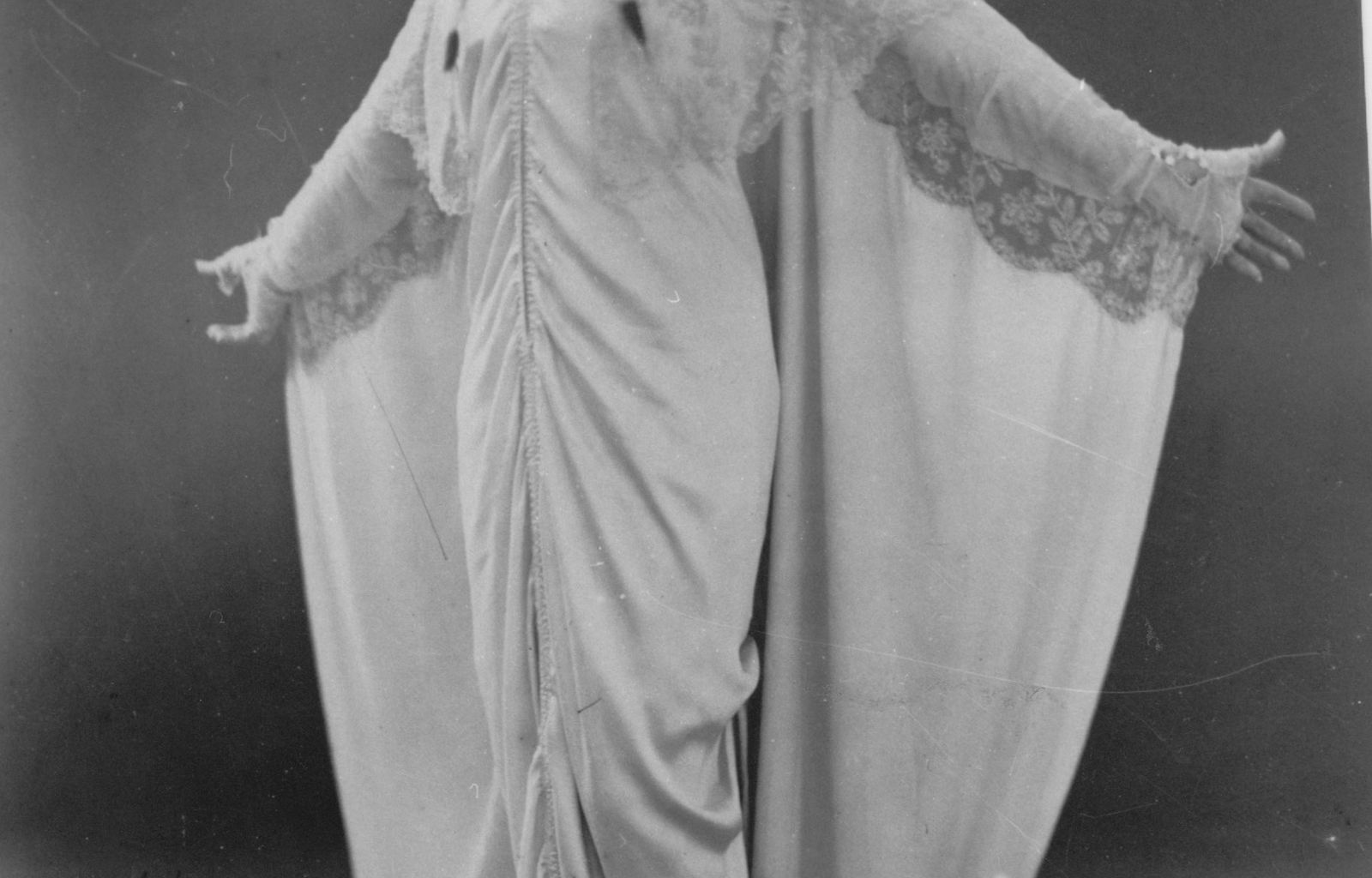"Royal Tiger is the second part of a diptych by D'Annunzio, made right after after his Fire. It is poem about the force of love, about the destructiveness of the memory, about the femme fatale, and about the obsession with guilt.
It is rooted in a fictive representation of the world of the aristocracy and interwoven with electrifying passions, heart rendings, and unexpected losses. Royal Tiger interprets total, originally romantic love both as drama and as an impulse for personal salvation. The love between Natka, a dissolute and tormented Russian countess, and the elegant diplomat Giorgio La Ferlita is made dramatically tense through the memory of the countesses' love affair with a young Polish revolutionary student that defied rules and ignored morals. (The production notebooks of Itala Film attest to this and thus belie a critical commonplace.)
Royal Tiger was redesigned according to the rituals and symbolism of the golden world of the nobility. It is an interpretation of the infinite possibilities of love and its tragic crossings with fate.
On the one hand, everything in the film is rarefied and conducted according to the pure reverberations of the emotions. On the other hand, it is excessive, almost emphatic in its sanctification of passion. Like Fire, Royal Tiger celebrates the imaginary senselessness of a universe of ceremonies, passions, and deaths that repeat D'Annunzio's assertion of 'living an inimitable life'.
Pastrone transforms this dimension of taste and of imagination into a tight narrative machine structured like a touract classical play. (Fire, however, was divided into three times, 'The Spark', 'The Blaze', and 'The Ash'). The story runs from the encounter with the birth of love to separation, and from the revelation of the past guilt to the happy conclusion on the edge of tragedy. Thus Royal Tiger goes over a narrative itinerary that is also an emotional journey and an immersion in pathos. All the work of the miseenscène is a function of the pathos used as a force that moves the spectacle. The miseenscène favours surprises, genuine plot twists in the narrative development, and visual and scenic elements.
After the fundamental experience of Cabiria, Pastrone learned how to organize the film space as a dynamic space in which the characters move freely on the stage and are fully interwoven with objects and sets. Pastrone constructed elaborate sequences marked by a careful differentiation of the shooting distances. He is well aware that what is represented is space articulated into structures. Yet, he uses editing perhaps with less mastery in his articulation of time and consequent creation of the rhythm.
Pina Menichelli moves across the lavishly decorated sets like a seductress. She is perhaps the actress who has contributed more to create and ordain the manners, the gestures, and the figure of the Italian Diva. Her recitation is obviously artificial and excessive. Her gestures, looks, and facial mime aim to sketch out an inimitable universe reserved only for D'Annunzio-type characters who have great destinies. Pastrone both followed and amplified Menichelli's interpretation, forcing her sometimes into tiring repetitions and rehearsal. The result is the creation of a vibrant and entirely fictive character that conforms to the characteristics of D'Annunzio's heroines: a figure that includes, like an unconcluded metaphor, the essential aspects of a style." (Paolo Bertetto)
Biography
film director

Giovanni Pastrone
Cast
& Credits
Plot: dal racconto di Giovanni Verga.
Screenplay: Giovanni Verga.
Director of photography: Segundo de Chomon.
Cast: Pina Menichelli (contessa Natka), Alberto Nepoti (Giorgio), Febo Mari (Dolskij), Valentina Frascaroli (Erminia), Gabriel Moreau (conte di Rancy), Ernesto Vaser.
Production company: Itala Film.
CONSERVAZIONE E RESTAURO / CONSERVATION AND RESTORATION
Copia conservata presso il Museo Nazionale del Cinema di Torino.
Il lavoro di restauro del Museo Nazionale del Cinema realizzato presso il laboratorio L'Immagine Ritrovata è stato effettuato a partire da un nitrato colore incompleto ma in ottime condizioni, donato da Pastrone al Museo Nazionale del Cinema. Il segmento mancante è stato ricuperato da un controtipo negativo conservato presso il Museo. I colori relativi al rullo mancante sono stati definiti grazie alle indicazioni dei quaderni di produzione dell'Itala Film, raccolti negli archivi del Museo. I colori delle didascalie sono stati desunti dalle indicazioni dei vetri appositi conservati sempre al Museo. Secondo i modelli abituali dell'itala, il film è essenzialmente tinto, con una parte limitata di inquadrature virate (circa il 15%). I colori usati sono l'arancio, il rosso, il giallo, il verde, il verde speciale, il rosa e il blu.
Varr` la pena di rammentare come le operazioni di colorazione dell'Itala Film riflettano un'interpretazione in chiave insieme descrittiva e spettacolare, mimetica ed emozionale dell'elemento cromatico. L'uso del rosso ha generalmente una funzione emozionale e drammatica, ad esempio, come l'uso del verde, frequente soprattutto nelle sequenze dei flashback, segna psicologicamente il dramma evocato. Il ricorso al viraggio, poi, rende più ricca la proposta cromatica in quanto il viraggio costruisce un orizzonte visivo differenziato, caratterizzato dal contrasto tra il bianco e il colore, mentre l'imbibizione realizza all'opposto un effetto di omogeneit` cromatica.
Attraverso il ricupero del colore Tigre Reale è così restituito alla sua integrit` di capolavoro del muto italiano, segnato insieme dalla ritualit` e dal pathos, dalla spettacolarit` e dal divismo.


